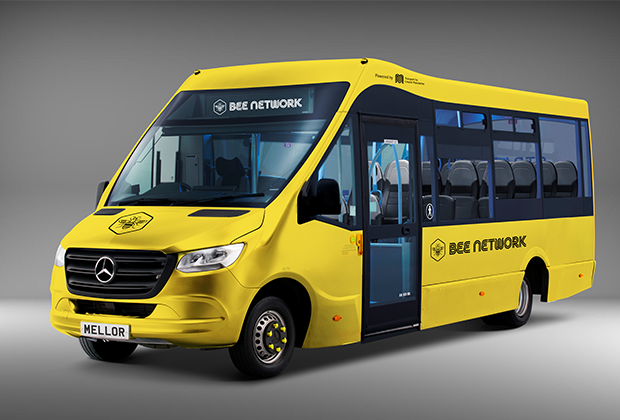 September 10, 2024
September 10, 2024
The Benefits of Small Buses: Connecting Communities and Bridging Gaps in Rural Transportation

In the ever-evolving landscape of public transportation, the role of small buses is gaining significant attention, especially in rural areas and communities that struggle with inadequate transportation services. As Local Transport Authorities (LTAs) face ongoing challenges with limited funding, small buses offer a practical and effective solution to connect people, enhance accessibility, and strengthen community ties. Here’s a closer look at why small buses are becoming increasingly essential in addressing the transportation needs of rural communities.
ENHANCED CONNECTIVITY FOR RURAL AREAS
Rural areas often suffer from a lack of reliable public transportation options, leaving residents isolated and disconnected. Large buses are often not feasible in these regions due to low passenger numbers and the high operational costs associated with running larger vehicles on sparsely populated routes. Small buses, on the other hand, are well-suited to navigate the narrow roads and longer distances that characterise rural areas. Their smaller size and greater manoeuvrability make it easier to provide regular, reliable services that link rural communities with larger towns and essential services.
COST-EFFECTIVE SOLUTION FOR LTA’S
With Local Transport Authorities managing with tight budgets, small buses present a cost-effective alternative to traditional large buses. The operational costs of running small buses are significantly lower, including fuel consumption, maintenance, and staffing. This makes it easier for LTAs to maintain and even expand services in areas that would otherwise be neglected. By utilising low-carbon small buses, LTAs can stretch their limited resources further, ensuring that more communities receive the transportation services they need.
FLEXIBILITY & ADAPTABILITY
One of the most significant advantages of small buses is their flexibility. Unlike large buses, which often require fixed routes and schedules, small buses can be more easily adapted to meet the specific needs of different communities. This flexibility allows for the creation of demand-responsive transport (DRT) services, where routes and schedules can be adjusted based on real-time passenger demand. This model is particularly effective in rural areas where passenger numbers can fluctuate, ensuring that services are provided when and where they are needed most.
PROMOTING SOCIAL INCLUSION
Transportation is more than just getting from point A to point B; it’s a lifeline for social inclusion. In rural areas, where distances are greater and public transport is sparse, lack of transportation can lead to social isolation, particularly for the elderly, young people, and those without access to a car. Small buses help bridge this gap by providing regular and accessible transportation options. By connecting residents to schools, healthcare facilities, workplaces, and social events, small buses play a crucial role in fostering a sense of community and ensuring that everyone has the opportunity to participate fully in society.
ENVIRONMENTAL BENEFITS
Small buses are both cost-effective and environmentally friendly compared to their larger counterparts. They use less fuel and produce fewer harmful emissions, making them a greener choice for public transport. With the growing adoption of electric buses in towns and cities, rural infrastructure falls short of supporting these initiatives, resulting in route reductions and leaving vulnerable people isolated. Small, low-emission buses (LEBs) offer a practical solution for minimising the environmental impact. By incorporating small buses into their fleets, Local Transport Authorities (LTAs) can help lower carbon footprints and foster sustainability in rural communities, while benefiting from significantly reduced ownership costs compared to larger buses.
SUPPORTING LOCAL ECONOMIES
Reliable transportation is a key driver of economic development in rural areas. Small buses enable residents to access employment opportunities, local businesses, and markets, which in turn boosts economic activity and contributes to the overall vitality of the region.
CONCLUSION
As Local Transport Authorities continue to navigate the challenges of limited funding and the need to provide essential services to all communities, small buses offer a viable and valuable solution. Their ability to enhance connectivity, promote social inclusion, and support local economies makes them indispensable to the transportation landscape, particularly in rural areas. By investing in small bus services, LTAs can ensure that even the most remote communities remain connected, vibrant, and inclusive.







